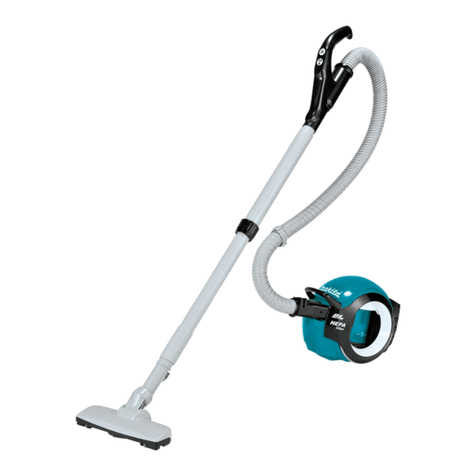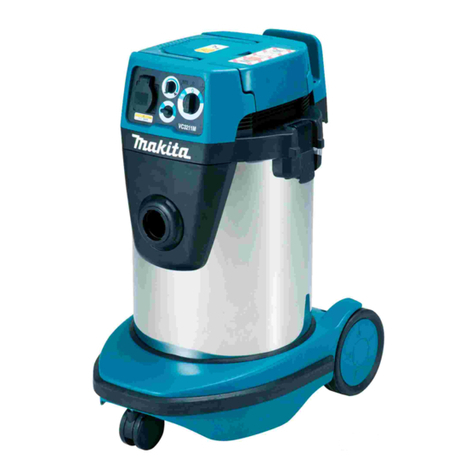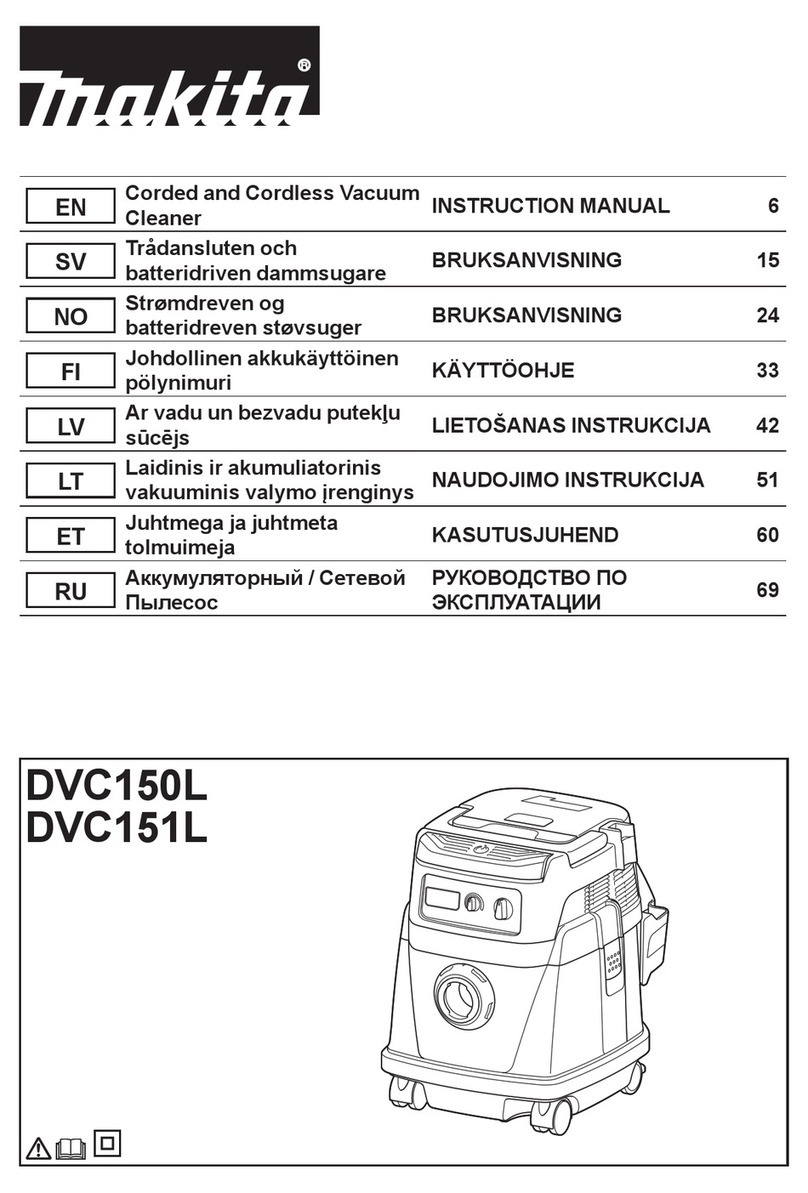Makita VC012G User manual
Other Makita Vacuum Cleaner manuals
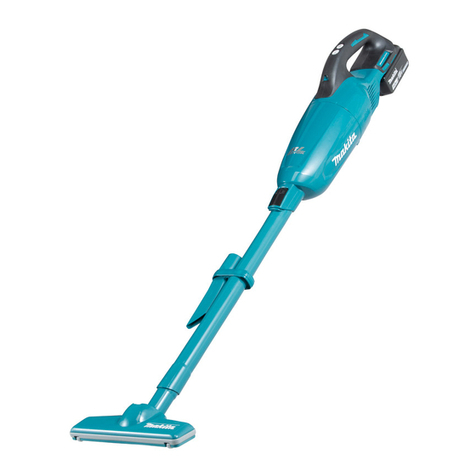
Makita
Makita DCL281F User manual

Makita
Makita DCL501 User manual

Makita
Makita DRC200 User manual
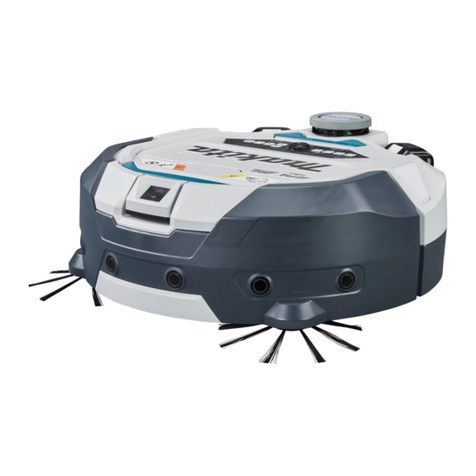
Makita
Makita DRC300PG2 User manual
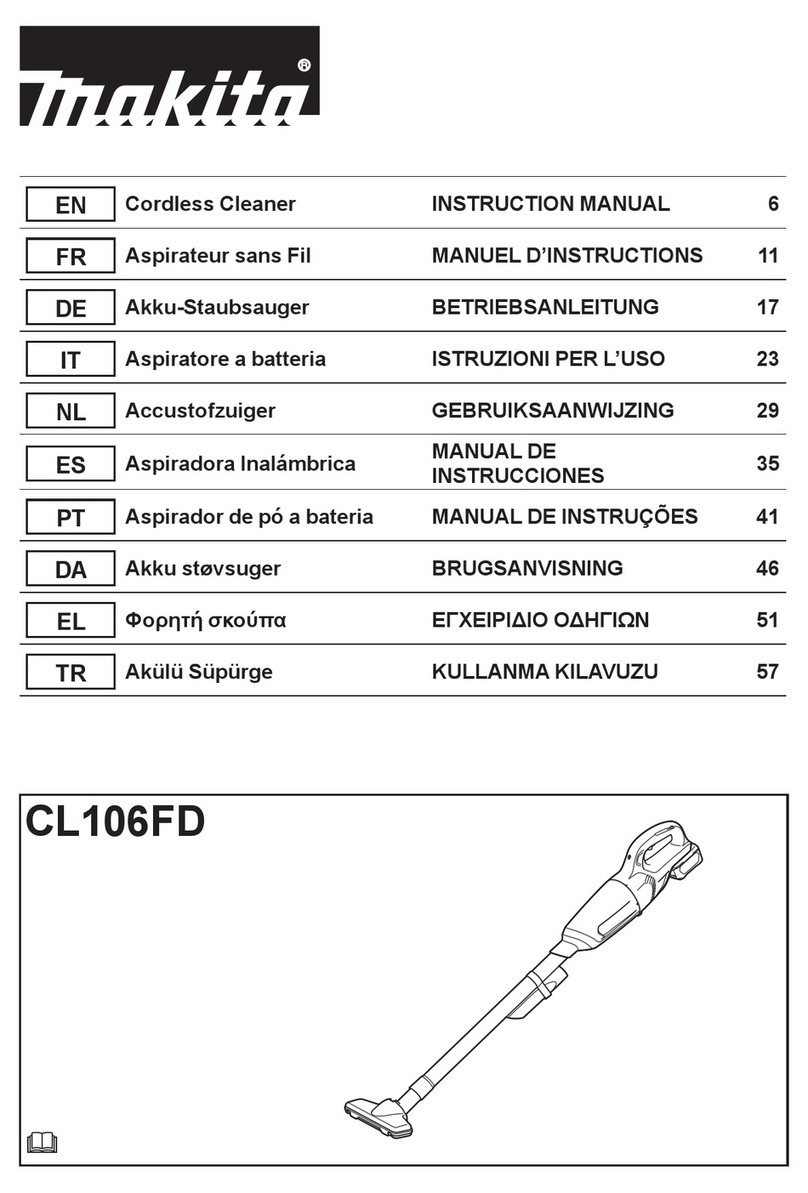
Makita
Makita CL106FD User manual
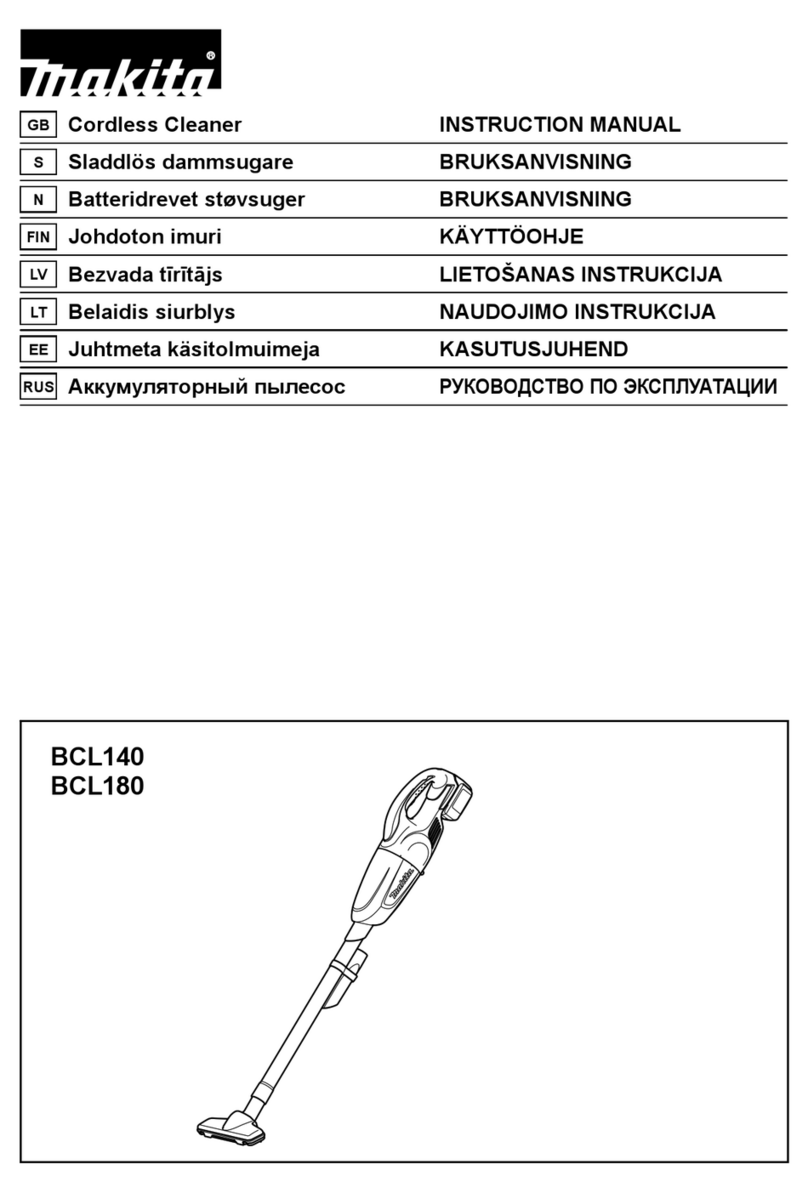
Makita
Makita BCL140 User manual
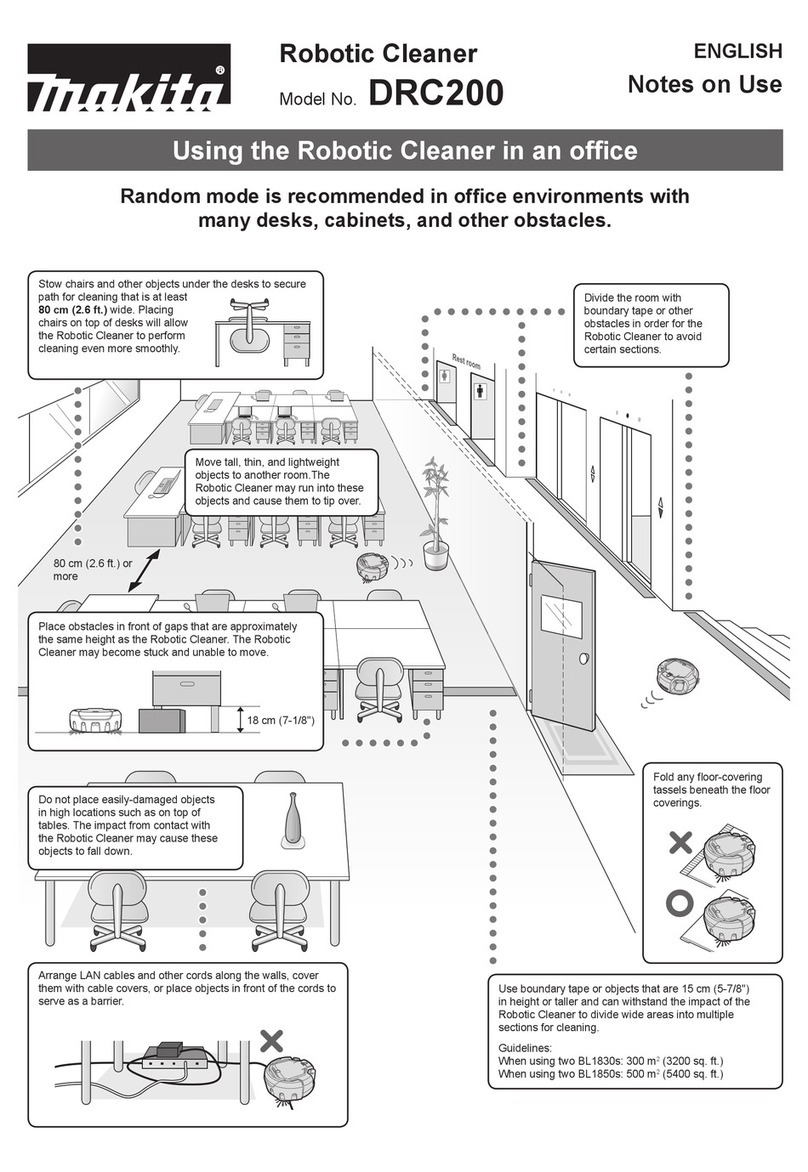
Makita
Makita DRC200 Operating instructions

Makita
Makita CL106FD User manual

Makita
Makita VC3211M User manual
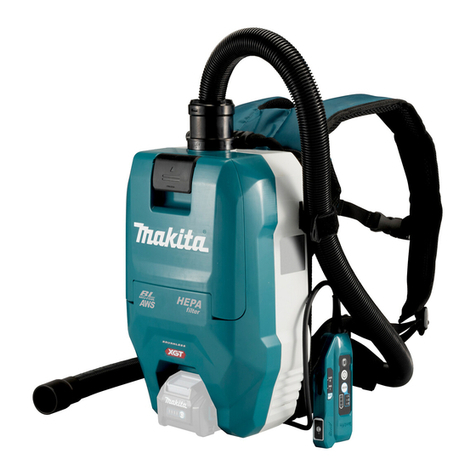
Makita
Makita VC009G User manual

Makita
Makita DVC660 User manual

Makita
Makita CL102DWX User manual
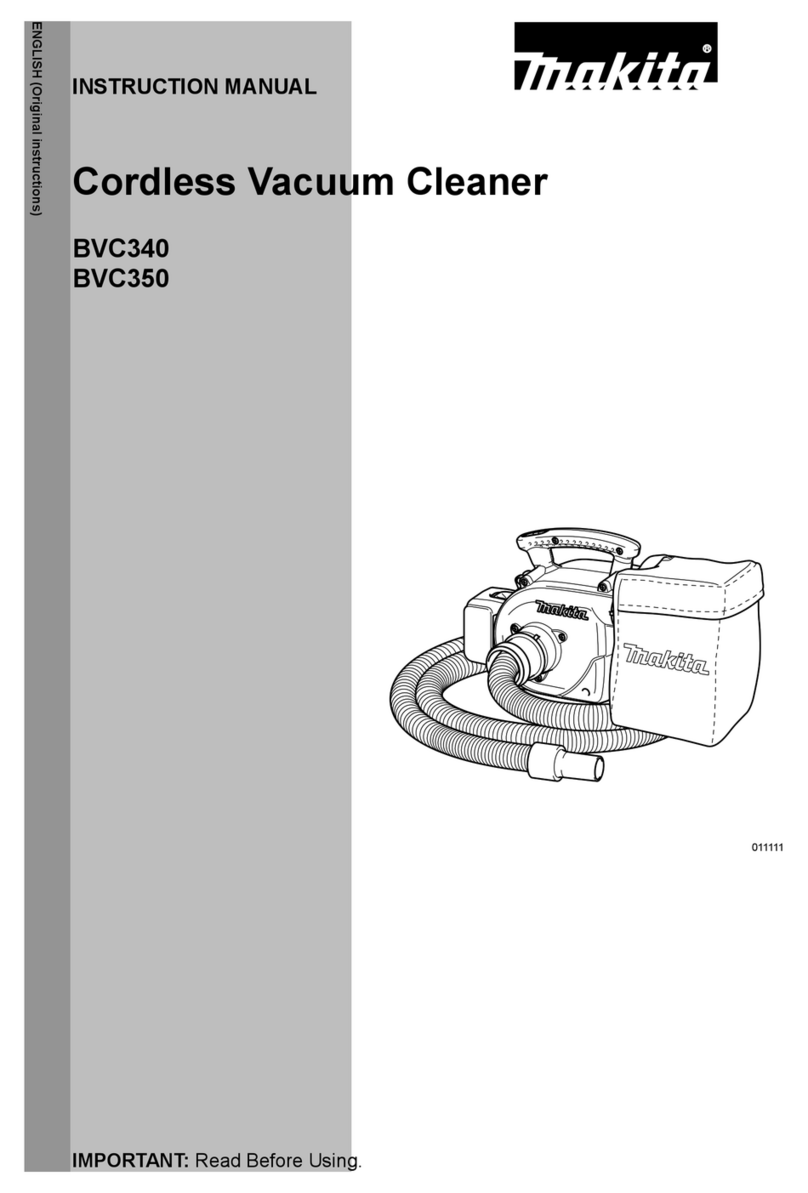
Makita
Makita BVC340 User manual
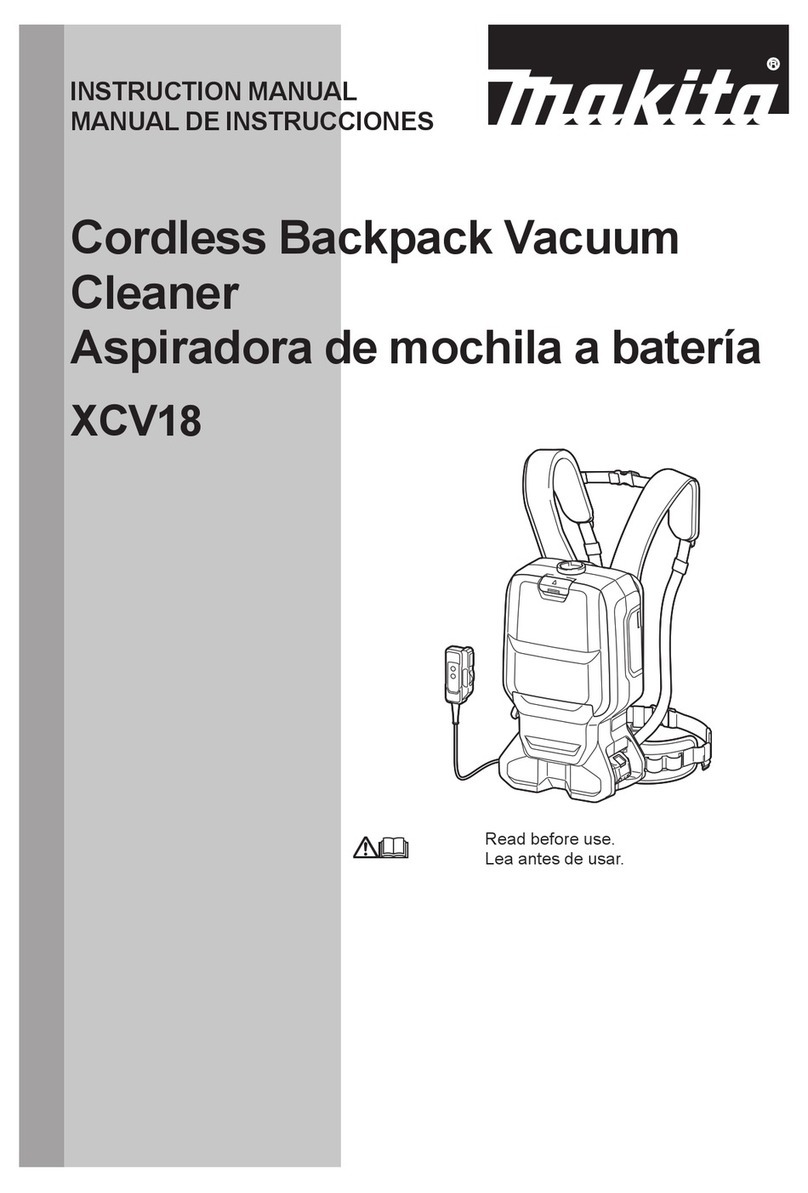
Makita
Makita XCV18 User manual

Makita
Makita VC3012L User manual

Makita
Makita BCL140 User manual

Makita
Makita VC2010L User manual

Makita
Makita VC008G User manual
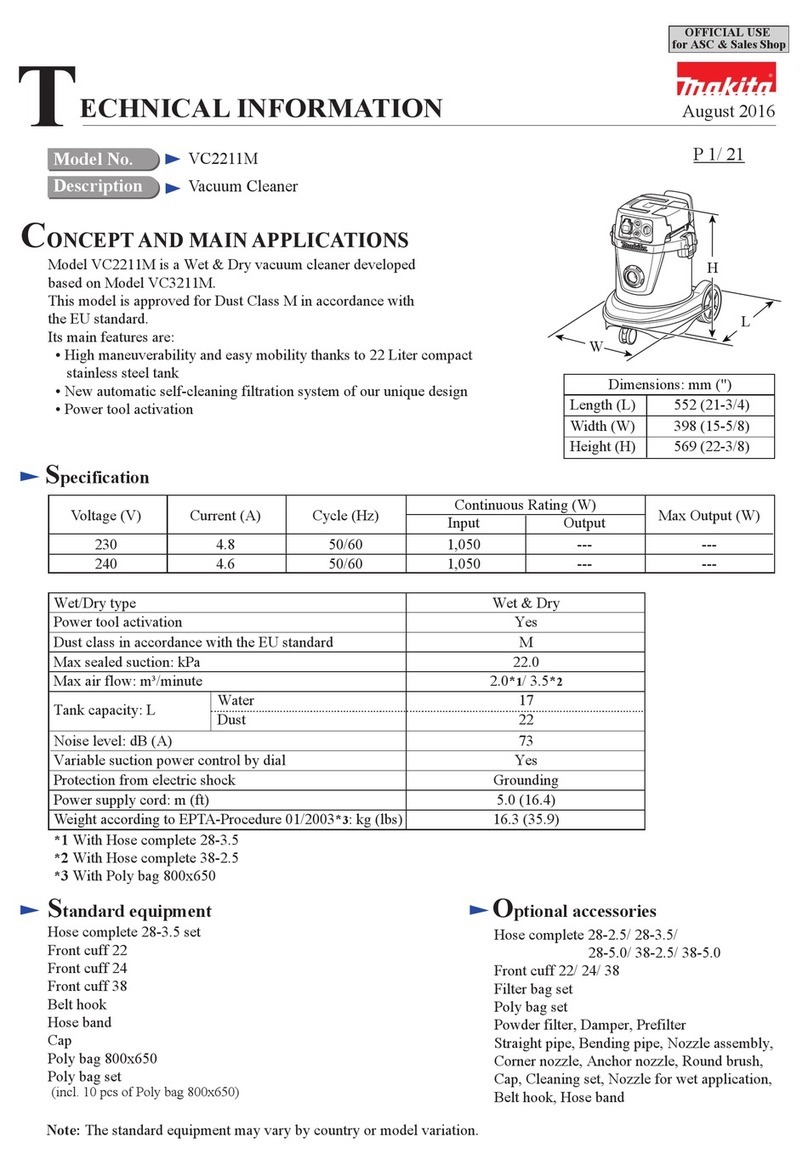
Makita
Makita VC2211M Manual
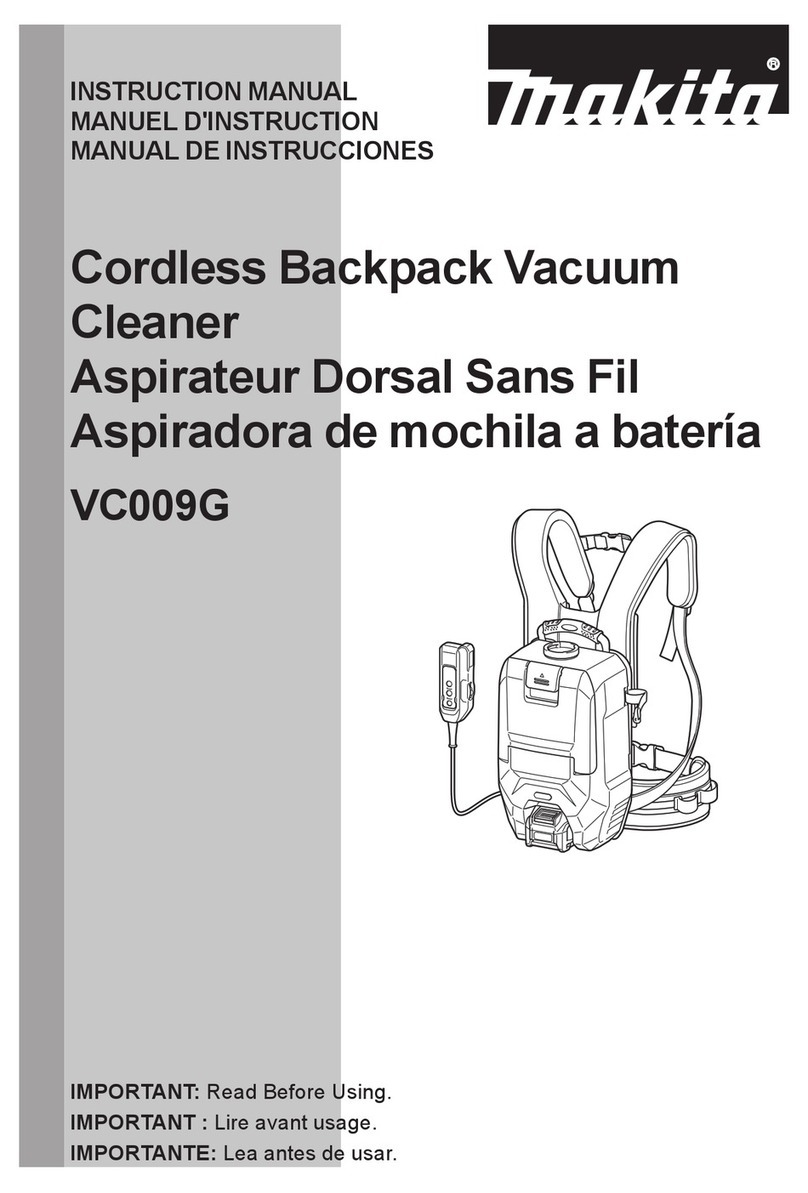
Makita
Makita VC009G User manual
